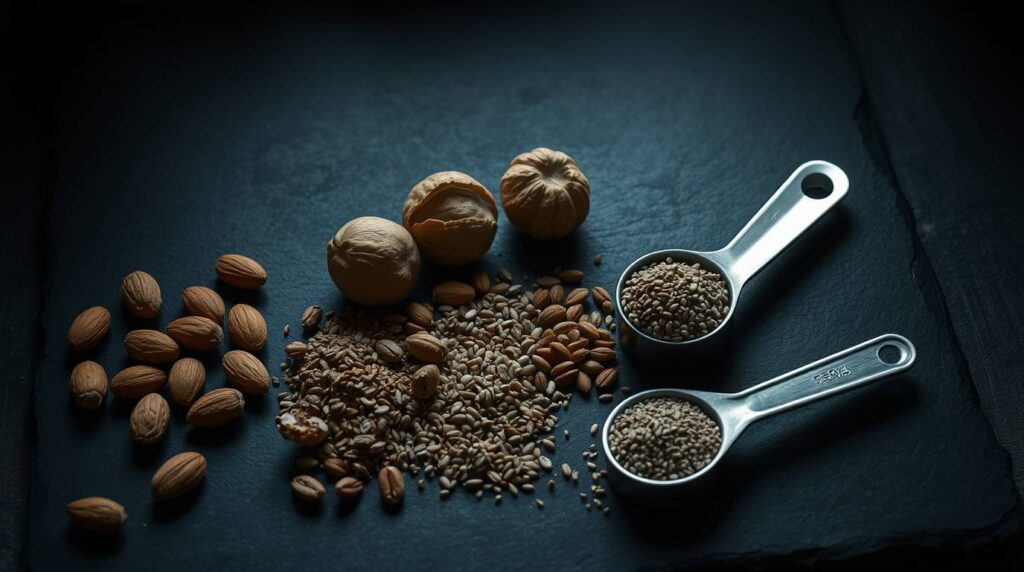Nitric oxide is a powerhouse molecule your body needs. It relaxes and widens blood vessels, enhances blood flow, and delivers an impressive list of health benefits—from lowering blood pressure and boosting brain function to elevating exercise performance and protecting your heart. One of the easiest and most natural ways to ramp up your nitric oxide levels? Your diet.
1. Beets: A Natural Nitric Oxide Powerhouse
Beets are nitrate-rich vegetables that convert into nitric oxide once absorbed by the body. In one study, just 45 minutes after participants drank beet juice, their nitric oxide levels jumped by 21%. Another study echoed these findings, showing a noticeable spike in nitric oxide after consuming only 3.4 ounces (100 mL) of beet juice.
Thanks to their nitrate content, beets are celebrated for improving athletic stamina, sharpening mental clarity, and reducing blood pressure.

2. Garlic: Small Clove, Big Impact
Garlic stimulates nitric oxide production by activating nitric oxide synthase, an enzyme that converts the amino acid L-arginine into nitric oxide. In animal studies, aged garlic extract was shown to increase nitric oxide levels in the blood by up to 40% within just one hour.
Beyond nitric oxide, garlic supports cardiovascular health, lowers blood pressure, and even improves endurance.
3. Meat & Seafood: Fueling Your Body with CoQ10
Poultry, fish, and organ meats are excellent sources of Coenzyme Q10 (CoQ10), a nutrient that helps maintain nitric oxide levels in your body. The average diet provides about 3–6 mg of CoQ10 daily, with meats contributing roughly 64% of this intake.
Incorporating foods like beef, chicken, and fatty fish into your meals not only supports nitric oxide production but also enhances athletic performance, reduces migraines, and promotes a healthier heart.
4. Dark Chocolate: Sweet and Smart

Dark chocolate isn’t just a tasty treat—it’s packed with flavonoids that help stabilize nitric oxide in your bloodstream. In a 15-day study, participants who consumed 30 grams of dark chocolate daily experienced higher nitric oxide levels and healthier blood pressure readings.
Regular indulgence (in moderation!) also promotes better circulation and improved brain performance.
5. Leafy Greens: Nature’s Nitric Oxide Boosters
Leafy greens like spinach, arugula, cabbage, and kale are nitrate-rich foods that get converted into nitric oxide once consumed. Including these vegetables regularly can help maintain optimal nitric oxide levels.
Research shows that a nitrate-rich diet can increase salivary nitrate levels up to eightfold, helping reduce blood pressure and guarding against heart disease and cognitive decline.
6. Citrus Fruits: The Vitamin C Connection
Oranges, lemons, and grapefruits are packed with vitamin C, which plays a vital role in nitric oxide bioavailability and absorption. Vitamin C also supports the enzyme nitric oxide synthase, giving your body a boost in nitric oxide production.
Enjoying citrus fruits regularly can enhance heart health, brain function, and blood pressure control.
7. Pomegranates: Antioxidant-Rich and Heart-Friendly
Pomegranates are bursting with antioxidants that shield nitric oxide from oxidative damage, ensuring it remains active and effective in your system. Both human and animal studies suggest that pomegranate juice improves circulation, especially helpful for individuals dealing with high blood pressure or erectile dysfunction.
These vibrant fruits also support overall vascular health and nitric oxide preservation.
8. Nuts & Seeds: Arginine-Loaded Superfoods

Nuts and seeds are excellent sources of L-arginine, an amino acid that plays a critical role in producing nitric oxide. Research has found that adding arginine-rich nuts to your diet can boost nitric oxide levels within two weeks.
Beyond nitric oxide, they promote lower blood pressure, improved endurance, and better cognitive function.
9. Watermelon: A Citrulline-Rich Hydrator
Watermelon is rich in citrulline, an amino acid your body transforms into arginine, which then becomes nitric oxide. In one study, consuming watermelon juice daily for two weeks significantly improved nitric oxide bioavailability.
Besides enhancing circulation, watermelon helps lower blood pressure and improve athletic performance.
10. Red Wine: Cheers to Heart Health
Red wine, when consumed in moderation, can elevate nitric oxide levels thanks to its rich antioxidant profile. Research suggests that it also increases nitric oxide synthase levels, encouraging your body to produce more of this heart-protective molecule.
A glass of red wine here and there can support better blood pressure and cardiovascular wellness.
Final Thoughts:
Whether it’s beet juice before a workout or a handful of nuts in your afternoon snack, simple dietary shifts can go a long way in supporting your nitric oxide levels—and, by extension, your overall health.